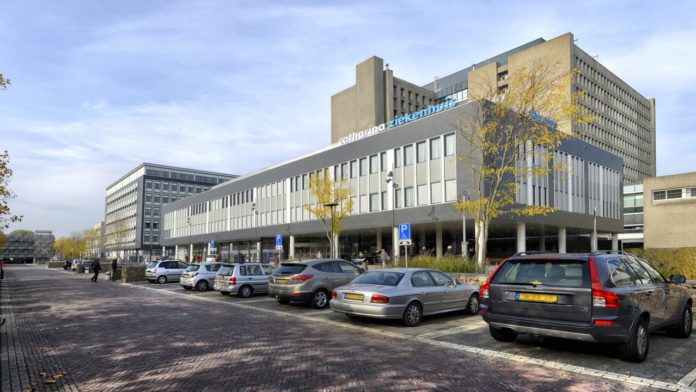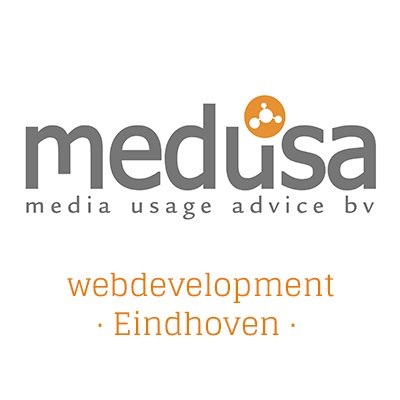Catharina Hospital has to assess almost 650 of its patients. These 649 people may have been exposed to HIV and Hepatitis B or C or HIV after having their teeth cleaned. The equipment used for this was incorrectly cleaned.
To rule out any possible infections, the Eindhoven hospital will recall 649 patients who have had their teeth cleaned after 27 January 2014. This treatment concerns a so-called ultrasonic tip cleaning
The equipment used for the tartar treatment always used to be disinfected with alcohol after use. According to the hospital, the apparatus should have been cleaned using heat. This method works better, the hospital states on its website.
Recent is vastgesteld dat in ons ziekenhuis gebitsreinigingen zijn uitgevoerd met een instrument dat niet volgens de geldende hygiënerichtlijnen werd schoongemaakt. Daarom ontvingen de patiënten die dit betreft een oproep voor een bloedonderzoek. Meer info?https://t.co/hS4iZwckvb pic.twitter.com/tkSP3ktbew
— Catharina Ziekenhuis (@CatharinaZKH) January 14, 2020
“It has recently been established that, in our hospital, dental cleaning was carried out using an instrument that was not cleaned in accordance with the applicable hygiene guidelines. Therefore, the patients concerned received a call for a blood test,” reads a Catharina Hospital tweet.
Chance of infection
Although the chance is small, Catharina Hospital wants to rule out that the patients concerned may have been exposed to any viruses. For this to happen, two consecutive patients would have had to experience bleeding during treatment. The first one would have had to been infected with one of the viruses already. It could then have been passed on to the following patient.
Blood traces must also have been left behind on the equipment. The chance of transmitting HIV in this way is 0.2%. For Hepatitis B, it is 25%, and it is two per cent for Hepatitis C.
Patients who need to come in have now received an invitation by letter. The Catharina Hospital has recently decided not to carry out any more oral hygiene treatments. Patients are now referred to and to their dentist.
Please visit bit.ly/bloedonderzoek for more information.
Source: Studio040
Translator: Bob
Editor: Melinda Walraven
















